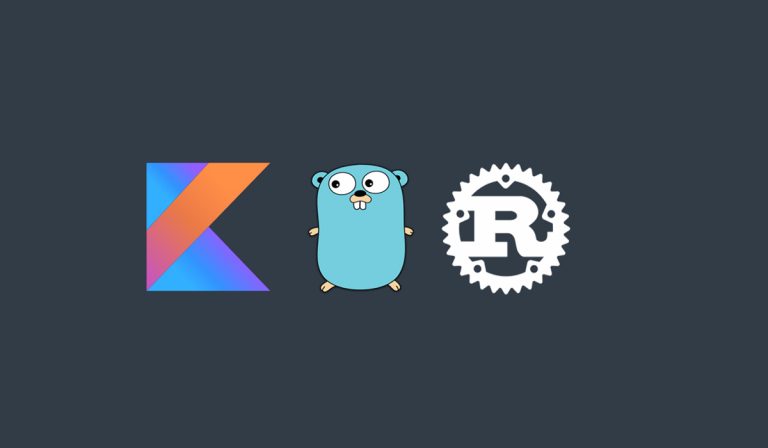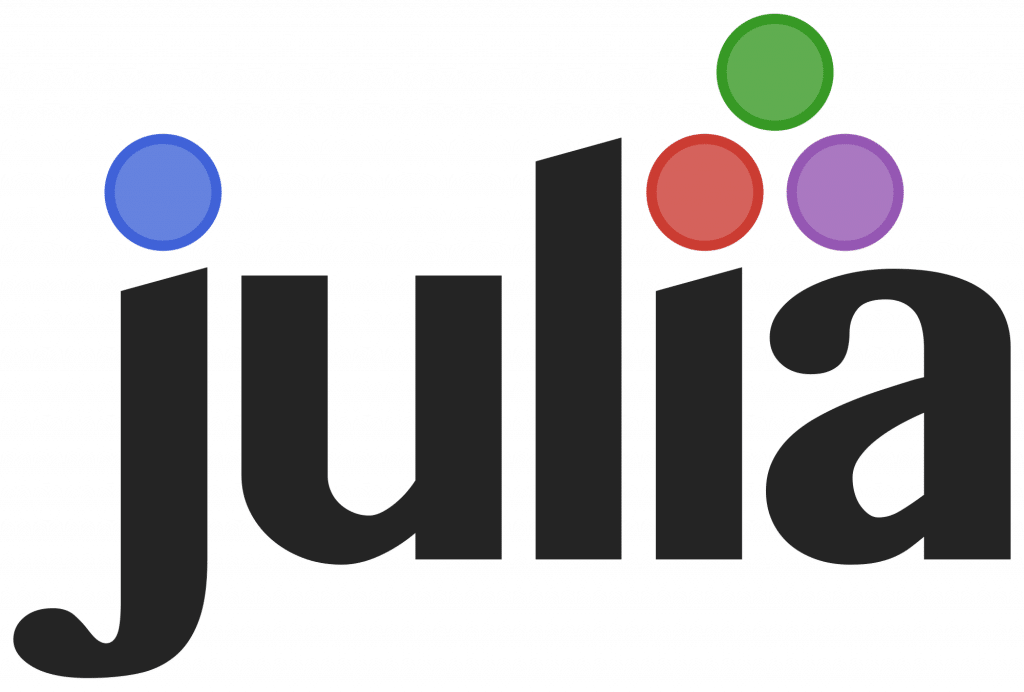4. Julia
This language was designed to allow data scientists and mathematicians to do everything in one language rather than having to resort to two or more.
For example, they might typically use Matlab to code linear algebra, R to crunch statistics, C to iterate functions rapidly and a general purpose language like Python to glue the whole thing together, all of which struggles to scale up to big data levels.
Julia is intended to offer the ease of use and productivity of Python with the mathematical prowess of Matlab and the performance of C so you can do it all in one. It supports parallel distributed computing, and can be used interactively with data science notebooks like Jupyter. It also supports Lisp-like macros.
Sum and product of an array
julia> sum([4,6,8])
18
julia> +((1:10)…)
55
julia +([1,2,3]…)
6
julia> prod([4,6,8])
192
Reason To Learn
You’re an analyst or data scientist working with big datasets. You know Python already and Julia’s syntax is similar, so there’s not much of a learning curve.
The libraries offer similar machine learning and maths capabilities to Python, and some extra ones too, and it can call Python functions and Fortran and C libraries if required. Plus it has a built-in packet manager for installing add-on functionality and external libraries.


